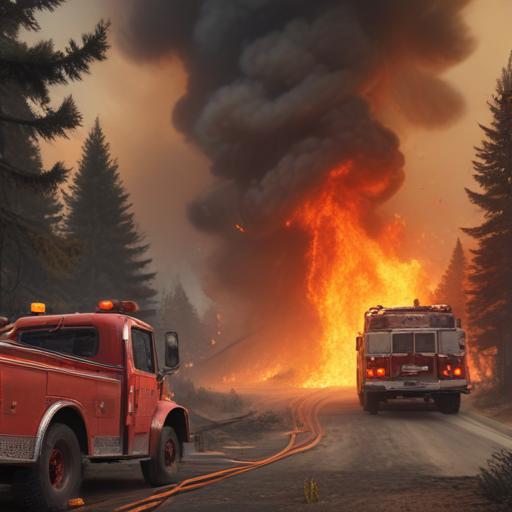In 2023, the effects of wildfires have been increasingly noticeable, particularly as fires in Quebec resulted in skies over large areas of New York turning a striking apocalyptic orange. Meanwhile, prairie fires have created a gray haze across portions of the Midwest.
The Manitoba government reports that human activity has been a significant factor in the wildfires this year, with 98 of the 106 recorded wildfires traced back to human causes. Only four were ignited naturally, likely due to lightning, and another four cases are still being investigated.
Historically, lightning has been the primary igniter of larger wildfire events, especially during hotter conditions. In 2023, data from Canada’s natural resources department revealed that lightning accounted for 93 percent of the total land area burned by wildfires, whereas human actions were responsible for the remaining seven percent.
While both Manitoba and Quebec have reported that human activity is a major contributor to this year’s wildfires, the extent of their impact on the overall area affected remains uncertain. Officials indicate that many incidents might be accidental.
The current situation underscores the critical importance of addressing human factors in wildfire prevention and management. As climate patterns shift and temperatures rise, proactive measures can help mitigate the risk of devastating wildfires in the future, fostering a safer environment for communities and ecosystems alike.
